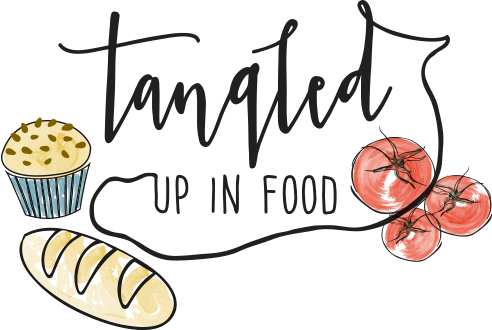For the past several months, I've been working to establish myself as a freelance travel writer. This sounds glamorous and summons up images of me trotting the globe, notebook in hand. In reality, it involves me sitting at home and pitching stories to magazine editors. Usually, these pitches disappear into the Void Of Unanswered E-mails. Occasionally, I get an encouraging rejection. Once in awhile, I get to write the story. Freelance writing is not for the easily discouraged--you need to send out lots of quality pitches, not get too invested in any specific one, and see what sticks. You have to develop a certain willingness to learn from failure and keep trying (and trying, and trying).
I think this persistence is carrying over into other areas of my life, because I have spent the past month trying to make a decent socca. Socca is a chickpea pancake from Nice, France (although according to Wikipedia, it originated as a Genoan dish called farinata). My socca kick started with chickpea flour left over from a disastrous attempt at vegan quiche (don't ask) and a recipe from Food & Wine. Basically, you mix up a simple chickpea flour batter, cook it on the stove top, and then finish it under the broiler. On my first attempt, I followed the method outlined in the recipe and ended up with socca that was soggy on the bottom and scorched on top. For attempt number two, I tried to get a crispier bottom crust by heating the skillet until it was very, very hot. So hot, in fact, that my oil turned to a thick cloud of black smoke as soon as it hit the skillet. For the rest of the day, the house smelled like a dive bar, back in the days when smoking was permitted in Minnesota's dive bars.
On my third try, I shortened the skillet-heating time period and finally got the right texture: a flatbread crisp enough to eat as finger food, with a perfectly broiled sprinkling of cheese on top. It was a small triumph, but a delicious one. And these days, I'm taking wins wherever I can find them.
One of the keys to making socca is to mix the batter in a large bowl so that you can whisk it vigorously--the batter has a tendency to clump if you're too delicate. The resting period is necessary so that the chickpea flour can absorb the water. Typically, socca is made with extra-virgin olive oil; I prefer sunflower oil because it has a higher smoke point than olive oil and I don't care to repeat the dive-bar-in-my-living-room experience. If you don't have sunflower oil, you could substitute canola oil since it also has a higher smoke point than olive oil. Or if you have more finesse with hot skillets than I do, you can go the traditional route with olive oil.
If desired, this recipe could easily be made vegan by leaving off the Parmesan.
Inspired by the recipe in Food & Wine
Serves 2 as a light entree, more as an appetizer
Ingredients:
- 2/3 cup chickpea (garbanzo bean) flour
- heaping 1/4 teaspoon salt
- 1 cup warm water
- 1/2 teaspoon finely chopped rosemary
- 1 tablespoon sunflower or canola oil
- 3 tablespoons shredded Parmesan
- pepper, to taste
Combine flour and salt in a large bowl. Slowly add 1/4 cup of the water, whisking constantly, to form a thick paste. Whisk in the remaining water until the batter is foamy and smooth. Let batter sit a room temperature for 30 minutes, and then whisk in the rosemary.
Heat broiler on high setting.
Heat a 10-inch non-stick skillet over high heat for 3 minutes. Add oil and tilt to coat evenly. Pour in the batter and cook until the bottom is crisp and the top is almost set, about 2-3 minutes. Puncture air bubbles with a knife and sprinkle with Parmesan and pepper.
Broil socca until top is golden and crisp, about 3-4 minutes. Remove from skillet, cut into wedges, and serve hot.
